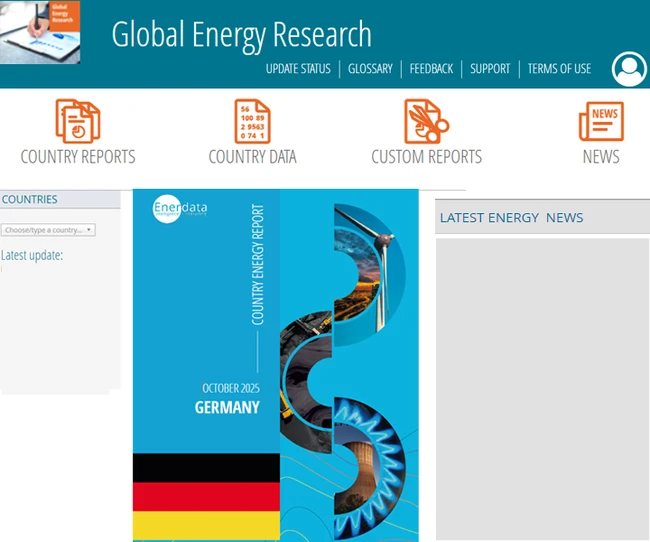The Ministry of Energy of Uzbekistan has announced a new national Low-Carbon Energy Strategy, which was set up with the assistance from the European Bank for Reconstruction and Development (EBRD). The Low-Carbon Energy Strategy aims at raising the share of renewables in the country's energy consumption and improving energy efficiency. Uzbekistan will focus on the development of carbon-free power generation and aims to build its first nuclear power plant, along with solar, hydropower and wind capacities.
Earlier in May 2020, Uzbekistan released a concept note on plans for power generation until 2030: the country aimed at cutting the share of gas in its power mix from the current 83% to 50% by 2030, and at raising the shares of nuclear, solar and wind power to 15%, 8% and 7%, respectively.
Moreover, Uzbekistan recently developed a 10-year plan for power provision in partnership with the Asian Development Bank and the World Bank: it planned to add up to 30 GW of new power capacity by 2030, including 5 GW of solar energy, 3.8 GW of hydropower, up to 3 GW of wind and 2.4 GW of nuclear. The plan also focused on the modernisation of existing power plants, the construction of high-efficiency power plants, the development of renewable energy sources, the upgrade of the metering system and legal reforms to create a wholesale market.

Interested in Global Energy Research?
Enerdata's premium online information service provides up-to-date market reports on 110+ countries. The reports include valuable market data and analysis as well as a daily newsfeed, curated by our energy analysts, on the oil, gas, coal and power markets.
This user-friendly tool gives you the essentials about the domestic markets of your concern, including market structure, organisation, actors, projects and business perspectives.
 Energy and Climate Databases
Energy and Climate Databases Market Analysis
Market Analysis